Correctly named Sweat Bees are Halictid Bees, an extensive and diverse family of bees. These small—to medium-sized bees are often the most common flower visitors and essential pollinators. About one-third of all bee species in East Africa are halictids. However, we are not discussing halictid bees in connection with this article. Stingless Bees, which are also tiny and attracted by sweat, are colloquially called ‘Sweat Bees.’
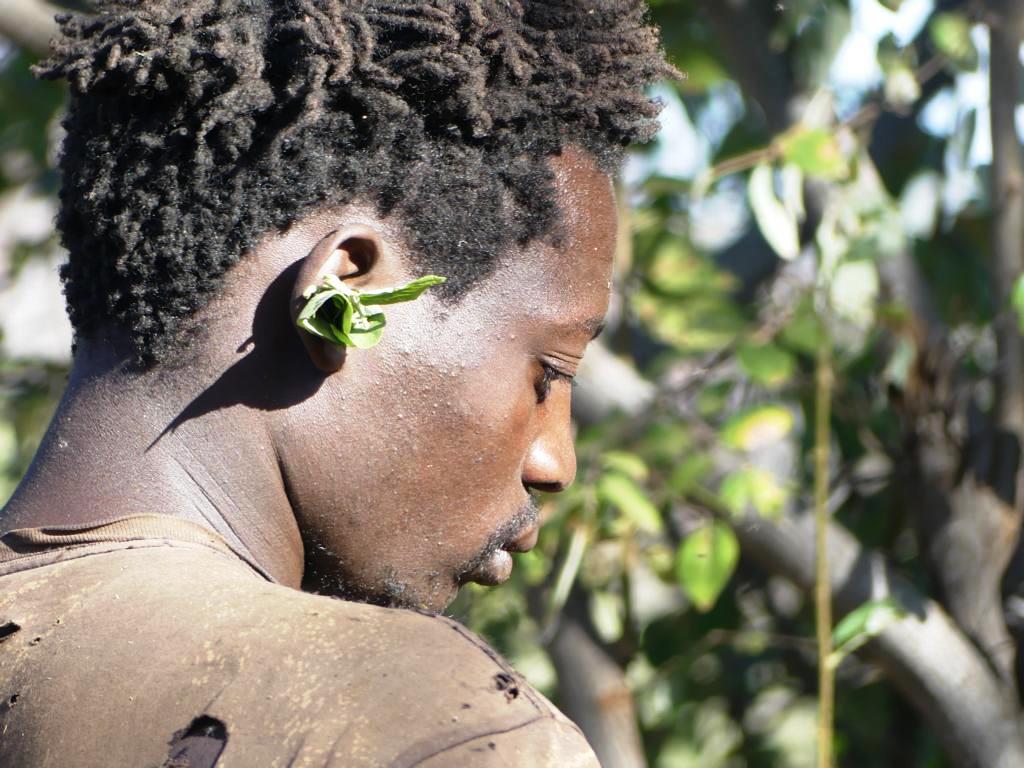
Which Stingless Bees are colloquially called Sweat Bees?
There are three Stingless Bee species, which are called by the Hadza people ‘Sweat Bees.’ These are, according to Daudi Peterson in his book The Light of a Million Fires, the following species:
- Kanowa, Trigona ruspolii (Synonym: Hypotrigona ruspolii (Magretti, 1898)), is a small gnat-like stingless bee.
- Tsunako, Trigona gribodoi (Syn.: Hypotrigona gribodoi (Magretti, 1884)) is the smallest, dark-colored stingless bee. This bee was presented in a former article on this website concerning wild honey harvesting.
- Bambahau, Lestrimellitta cubiceps (Syn.: Cleptotrigona cubiceps (Friese)), a small ‘pirate’ or robber bee.
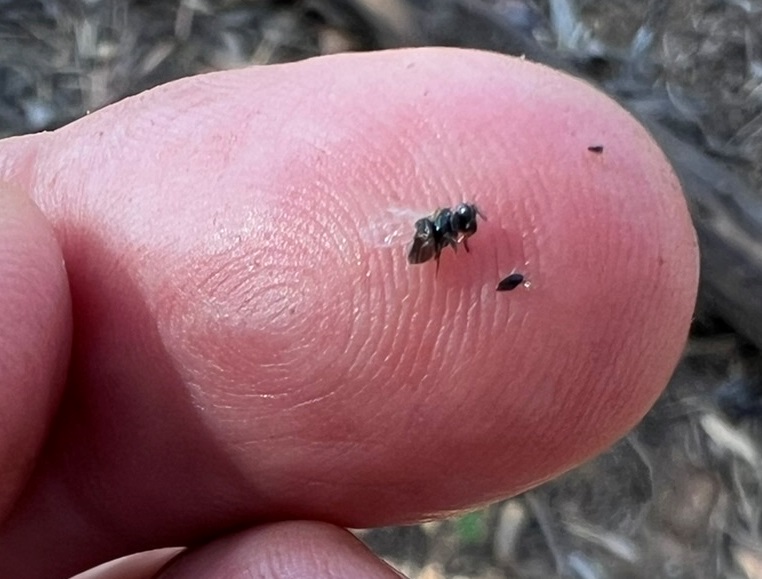
Two Hypotrigona species, H. ruspolii and H. gribodoi, mainly act as bees licking sweat. More information on Hypotrigona bees can be found under this link.
Why are Stingless ‘Sweat’ Bees a nuisance?
In hot weather, halictid bees and stingless ‘sweat’ bees seek the dissolved electrolytes and salts in human sweat and other bodily liquids. At Yaeda South in Tanzania, whenever the temperature rises above approximately 30°C / 86°F, these Stingless bees start swarming around humans for a good drink.
Which parts of the human body are mainly targeted by Sweat Bees?
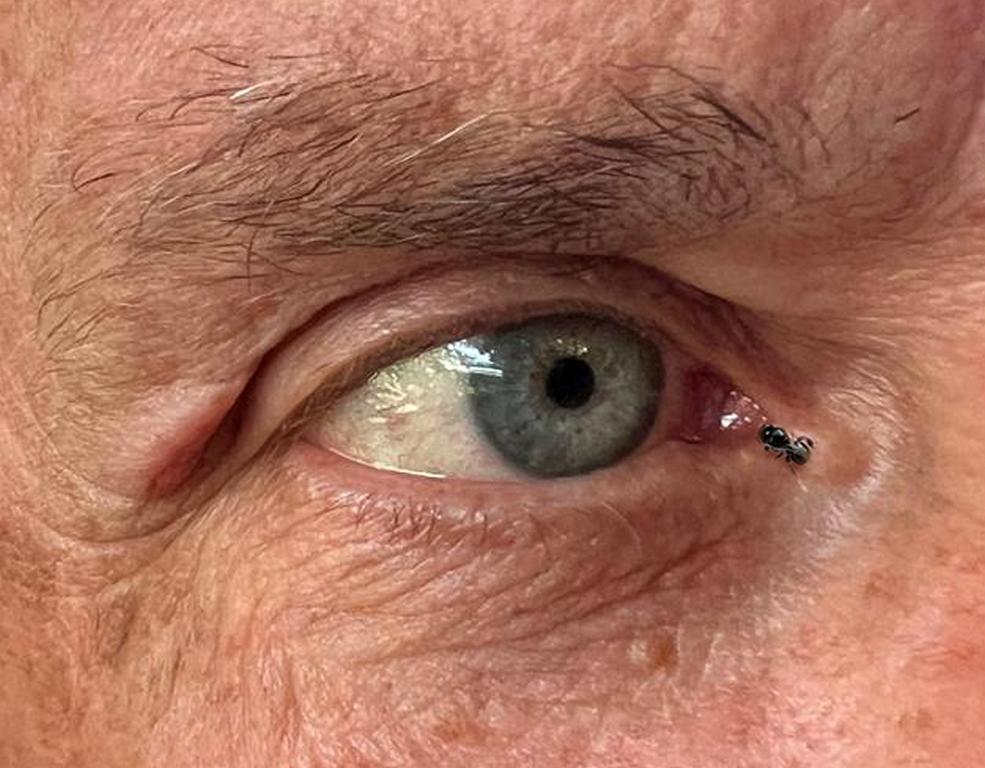
The first point of attack is the area around the caruncula, the inner eye corner. This corner is always wet, and a tear duct exists in it. These bees concentrate there and must be constantly wiped out of this corner, which is a hassle when, for example, climbing a Baobab tree.
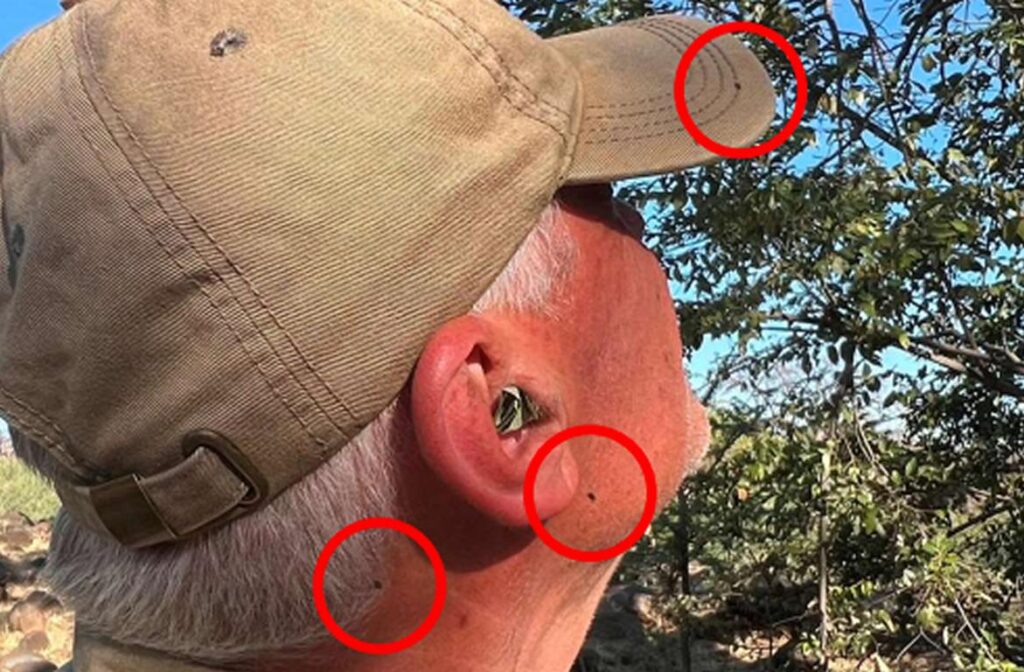
Another area of attack is the ears. These bees hover around the ear canal and try to get into it. You must constantly swat them away to avoid them crawling into the canal. The ear drum will stop them from crawling further, but having them crawl around the auditory canal is a real nuisance.
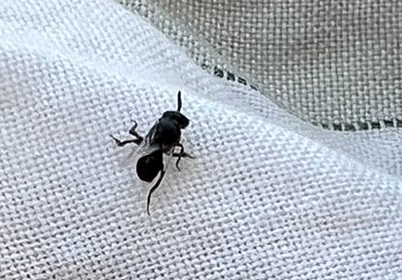
If these two areas of attack are insufficient, these bees also crawl into the nasal cavity. This has the advantage that at least a proper photo can be taken of them by sneezing them out. If this is seen as an advantage. But this combined onslaught on all three parts of the face is a real nuisance.
How do you protect yourself against these bees?
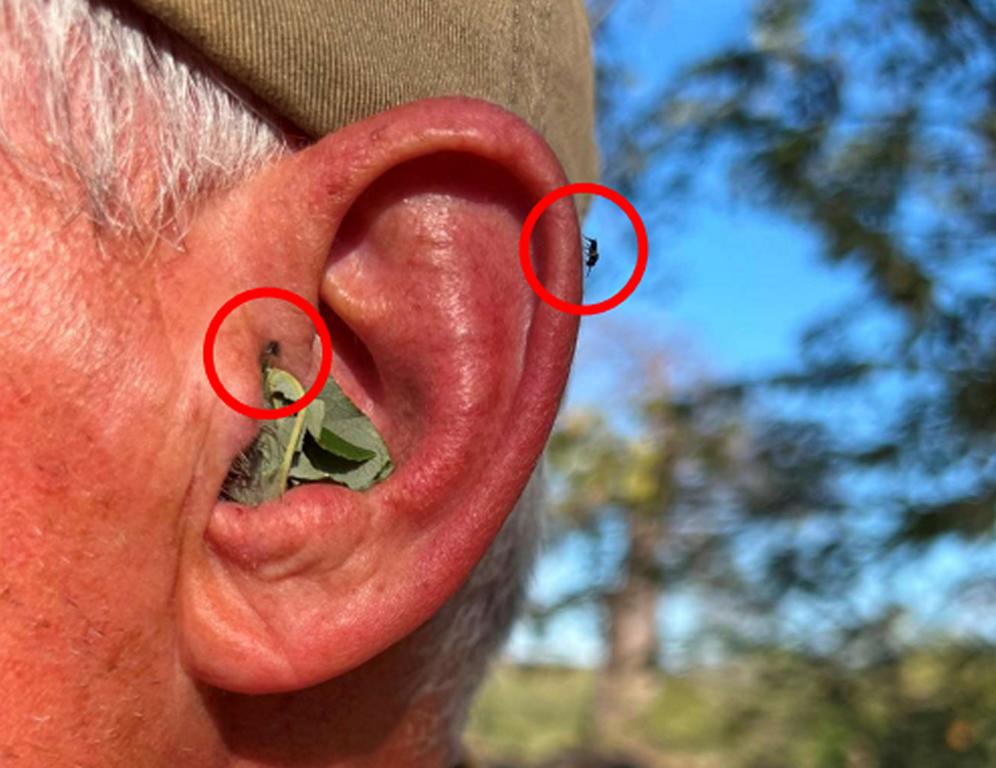
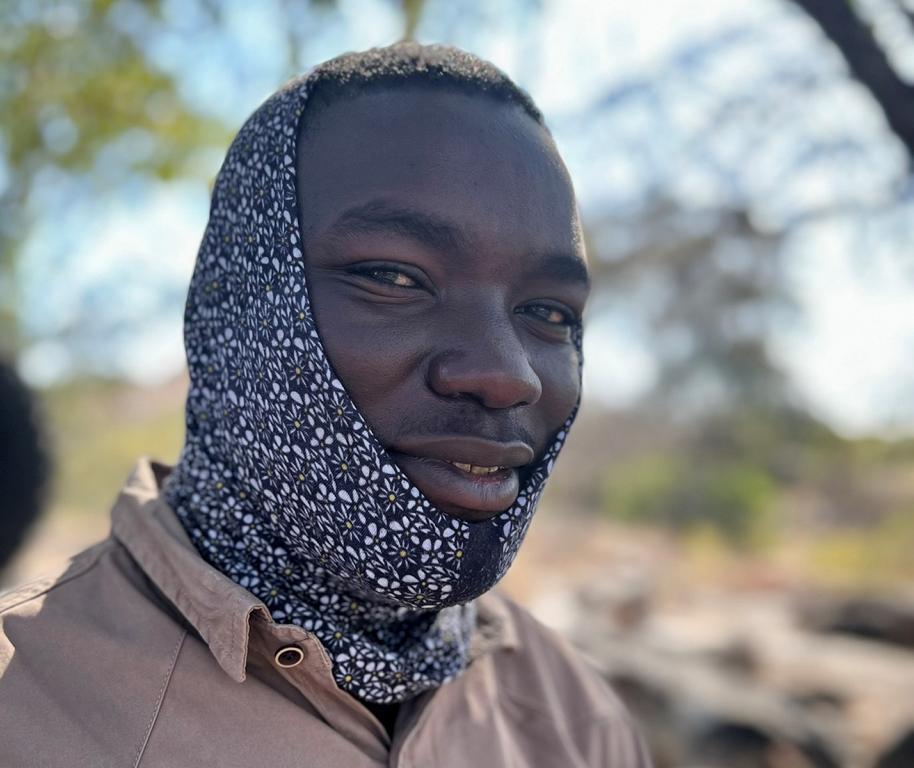
My friend Hamisi protects his ears and nose with a buff. I prefer the good old rolled-up leaves, which can also be stuck into the nostrils for protection. During the day’s heat, everyone swats these tiny bees constantly, and clearing the eye corners all the time is standard procedure.
Lessons learned from Sweat Bees:
- Real Sweet Bees are Halictid Bees, which are about one-third of all bee species in East Africa.
- Some species of Stingless Bees are colloquially called Sweat Beas.
- These Stingless Bees swarm around humans, trying to lick dissolved salts and other electrolytes.
- These Stingless Bees mainly target eye corners, ear canals, and nasal cavities for their salt collection.
- Clothes covering the ears and nose or rolled leaves in the ear canal and nostrils can provide relief.
Additional information
My book ‘Hadzabe Survival Skills‘ offers more skills, knowledge, tools, and techniques for the Hadzabe people’s life in their natural environment. It is available on Amazon.com and Amazon’s regional websites.





